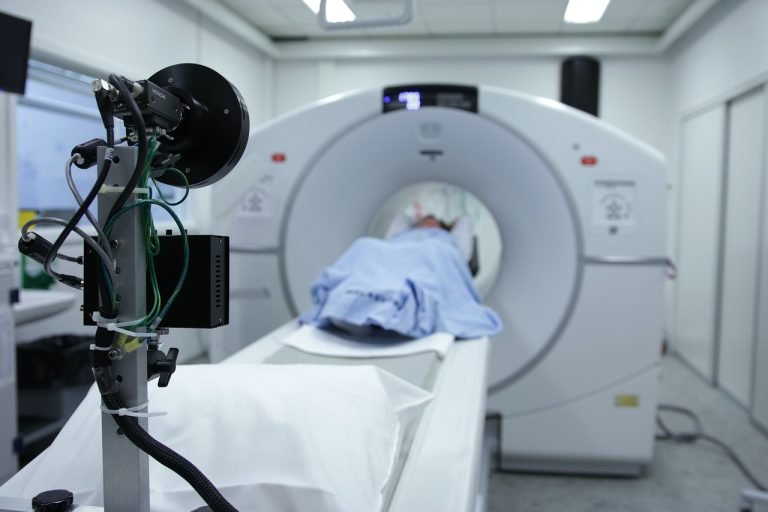Book Appointment Now

Best Practices for Handling Missing Data in Clinical Trials
Missing data is a common challenge in clinical trials that can compromise the validity and reliability of statistical analyses. Effective methods for addressing and imputing missing data are essential to ensure robust and reliable results. This article explores best practices for handling missing data in clinical trials, focusing on strategies to prevent, address, and impute missing data, thereby enhancing the integrity of clinical research.
Understanding Missing Data
Missing data occurs when participants in a clinical trial do not provide complete information at all planned time points. There are several types of missing data:
- Missing Completely at Random (MCAR): Data are missing entirely by chance, and the probability of missing data is unrelated to any observed or unobserved data.
- Missing at Random (MAR): The probability of missing data is related to observed data but not to unobserved data.
- Missing Not at Random (MNAR): The probability of missing data is related to unobserved data, which can introduce bias into the analysis.
Strategies to Prevent Missing Data
Preventing missing data is the first step in ensuring the integrity of clinical trial results. Key strategies include:
- Comprehensive Study Design: Design the study to minimize the burden on participants and reduce the likelihood of missing data. This includes selecting appropriate follow-up intervals and simplifying data collection procedures.
- Participant Engagement: Enhance participant engagement through clear communication, regular follow-ups, and support throughout the trial. Engaged participants are more likely to provide complete data.
- Training and Support: Provide thorough training and support for study staff to ensure accurate and complete data collection. This includes training on the importance of data completeness and methods for addressing potential barriers to data collection.
- Monitoring and Feedback: Implement ongoing monitoring of data completeness and provide feedback to study sites to address any issues promptly. Regular audits and data reviews can help identify and mitigate sources of missing data early in the trial.
Methods for Addressing Missing Data
When missing data does occur, it is essential to address it appropriately to minimize its impact on the analysis. Key methods include:
- Data Imputation: Imputation involves replacing missing data with estimated values based on available data. Common imputation methods include:
- Mean Imputation: Replacing missing values with the mean of the observed values.
- Multiple Imputation: Creating multiple datasets with imputed values and combining the results to account for the uncertainty of the imputations.
- Regression Imputation: Using regression models to predict missing values based on observed data.
- Maximum Likelihood Estimation (MLE): MLE uses observed data to estimate parameters in a statistical model, accounting for the uncertainty due to missing data. This method is particularly useful for handling MAR data.
- Mixed-Effects Models: These models account for both fixed and random effects, allowing for the analysis of data with missing values without requiring imputation. They are particularly useful for longitudinal data.
- Sensitivity Analysis: Conducting sensitivity analyses to assess the impact of different assumptions about the missing data can provide insights into the robustness of the results.
Best Practices for Imputing Missing Data
When imputing missing data, it is important to follow best practices to ensure that the imputed values are accurate and reliable. Key best practices include:
- Choosing Appropriate Methods: Select imputation methods based on the nature and pattern of the missing data. For example, multiple imputation is often preferred for handling MAR data, while mean imputation may be suitable for MCAR data.
- Validating Imputations: Validate the imputed values by comparing them to observed data and assessing their plausibility. This includes checking for consistency with known patterns and relationships in the data.
- Documenting Procedures: Document the procedures used for handling and imputing missing data, including the rationale for selecting specific methods and the results of any validation checks.
- Reporting Results: Clearly report the extent of missing data, the methods used to address it, and the impact of missing data on the analysis. This transparency is essential for the reproducibility and credibility of the study findings.
Challenges and Considerations
Handling missing data presents several challenges and considerations:
- Bias and Variability: Imputed data can introduce bias and increase variability in the analysis. It is essential to use methods that minimize these effects and accurately reflect the uncertainty associated with the imputations.
- Complexity: Some imputation methods, such as multiple imputation and mixed-effects models, can be complex and require specialized statistical expertise. Researchers should ensure that they have the necessary skills and resources to implement these methods effectively.
- Regulatory Requirements: Regulatory authorities may have specific requirements and guidelines for handling missing data in clinical trials. Researchers should be familiar with these requirements and ensure that their methods for addressing missing data comply with regulatory standards.
Conclusion
Handling missing data is a critical aspect of clinical trial data analysis. By implementing strategies to prevent missing data, using appropriate methods to address and impute missing values, and following best practices for validation and reporting, researchers can ensure robust and reliable statistical analyses. Effective management of missing data enhances the integrity of clinical research, contributing to the validity of study findings and the advancement of medical knowledge.
4o


